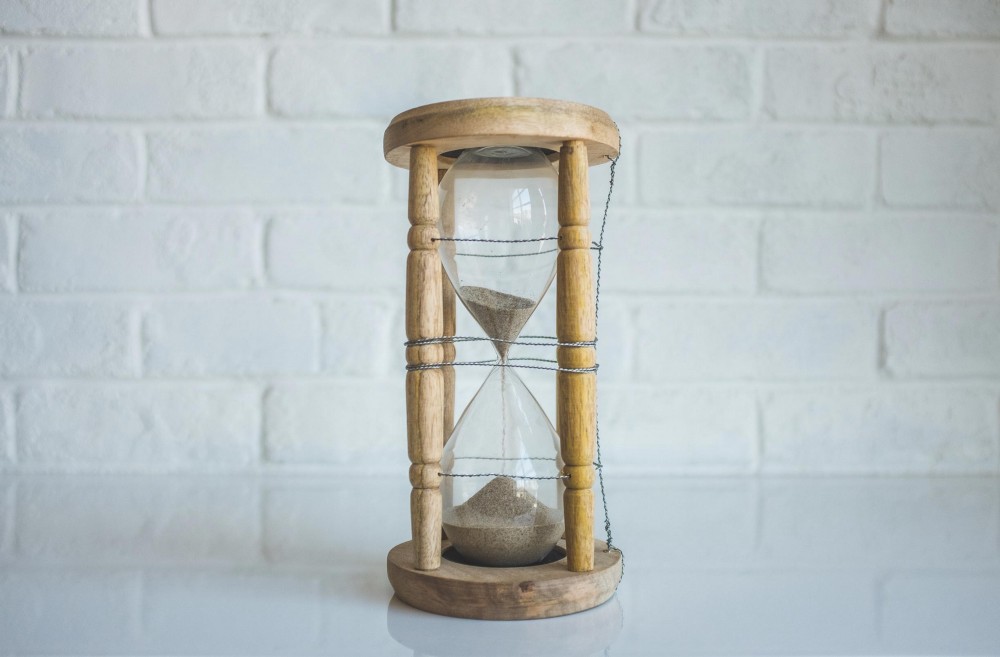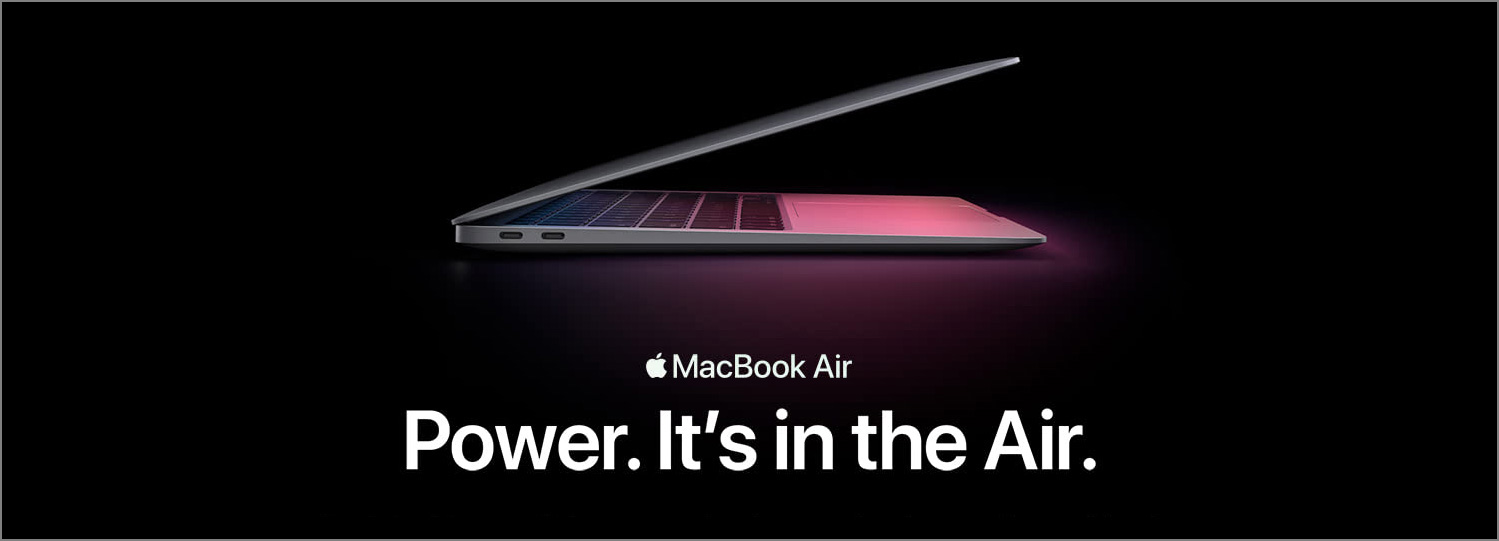
What if you’re asked to propose to a prospective client a new feature for their existing product. You’ve never worked with this client before, and you’ll need to finish all this in a short period of time. How will you handle this challenge?
Recently, the design team I’m in was tasked with something similar. I proposed the idea of using the 5W1H framework to the team and moderated the brainstorming session. It turned out to be an effective one and helped us come up with some interesting new product features.
The Framework
To come up with something from nothing is not easy. By having a framework we can make the brainstorming process more structured and less stressful. We will have something to latch onto, and it will get us inspired and help our creativity flow.
I came across the 5W1H framework in the book Solving Product Design Exercises: Questions & Answers by Artiom Dashinsky. It is used there to solve product design exercises typically given to candidates during interviews. It considers a feature from the perspectives of WHO, WHERE, WHEN, WHAT, WHY and HOW.
- WHO: Who will be the users? What is their persona?
- WHERE: Where will this feature be used? Under what context will it be used?
- WHEN: When will this feature be used?
- WHAT: What is the feature?
- WHY: Why do we need this feature in the first place? What is the user’s goal? What is the user’s need here? Does the feature relieve a pain point for the user?
- HOW: How will this feature be used?
Based on my experience, when this framework is used to brainstorm product features, we only need to brainstorm for the WHO, WHERE, WHEN and WHAT. Then we can answer the questions of the WHY and HOW by doing user research and creating user flows.
The Setup
We will need a google doc and a timer. Inside the google doc, we create four sections and write down WHO, WHERE, WHEN and WHAT as the titles. The time we are allowed to spend on each section is 5 minutes.
Generating Ideas
We will brainstorm the WHO, WHERE, WHEN and WHAT one by one. Before starting each section, the moderator will briefly explain what the current section is and what it means. For instance, if we are now in the WHO section, the moderator will let everybody know that we are currently brainstorming the users of this feature. To spark inspirations, the moderator can give a few examples of user groups, such as doctors, couples, travelers. Also, the moderator should encourage the participants not to censor their ideas at this point, no matter how far-fetched those ideas may seem. Assure them that later on we’ll have plenty of time to examine them and think about the constraints.
Then the timer starts and everyone should be writing on the google doc. Since this is not a competition, to avoid stress, there’s no need to let everyone see the timer. The moderator will only need to let everyone know when there’s only 1 minute left. Discussions should be discouraged at this point to avoid independent thinking being interrupted. Based on our experience, 5 minutes seems to be an appropriate length. It is long enough to let everyone exhaust their ideas, and short enough to make the session efficient.
After 5 minutes, the moderator will do a short summary of what everyone comes up with. He can read the ideas loud and let everyone hear them. Doing so helps everyone draw more inspirations from each other’s ideas. One interesting thought from one person could release unlimited creativity from everyone else.
After the WHO, continue with the WHERE and WHEN in a similar fashion. By the time these three sections are done, participants should become quite comfortable with brainstorming and it’ll be relatively easy for them to think about the WHAT, which is what the feature actually is.
For the WHAT, participants can either connect the dots based on what they generated for the WHO, WHERE and WHEN, or they can come up with new features that are totally not related to what they previously brainstormed.
Validating Ideas
After the WHAT section, product features begin to emerge, and we can end the brainstorming session. To validate those features, we need to do some user research separately, which will help us answer the question of the WHY.
User research can be done in a guerrilla fashion. It can be a short interview or survey. The goal of user research is to verify if there is indeed a pain point for this group of users in this specific context, and confirm if our product feature can indeed relieve this pain point, meet the users’ need and solve a problem for them. If a feature is far-fetched and unrealistic, it won’t be supported by research data in the step.
Fleshing out Details
If participants in user research respond favorably to a new product feature, it means our idea is indeed valuable, and we can proceed to make them solid by fleshing out the user flows, which will answer the question of the HOW. This can be done individually or in a team setting, where each member sketches out his/her version of the flows or wireframes and later critiques each other’s work.
Final Thoughts
Coming up with new product features may not be easy, especially during a short time frame. By using the 5W1H framework, we will have a procedure to follow that can help us generate ideas faster, and make sure that our ideas meet the users’ needs.

